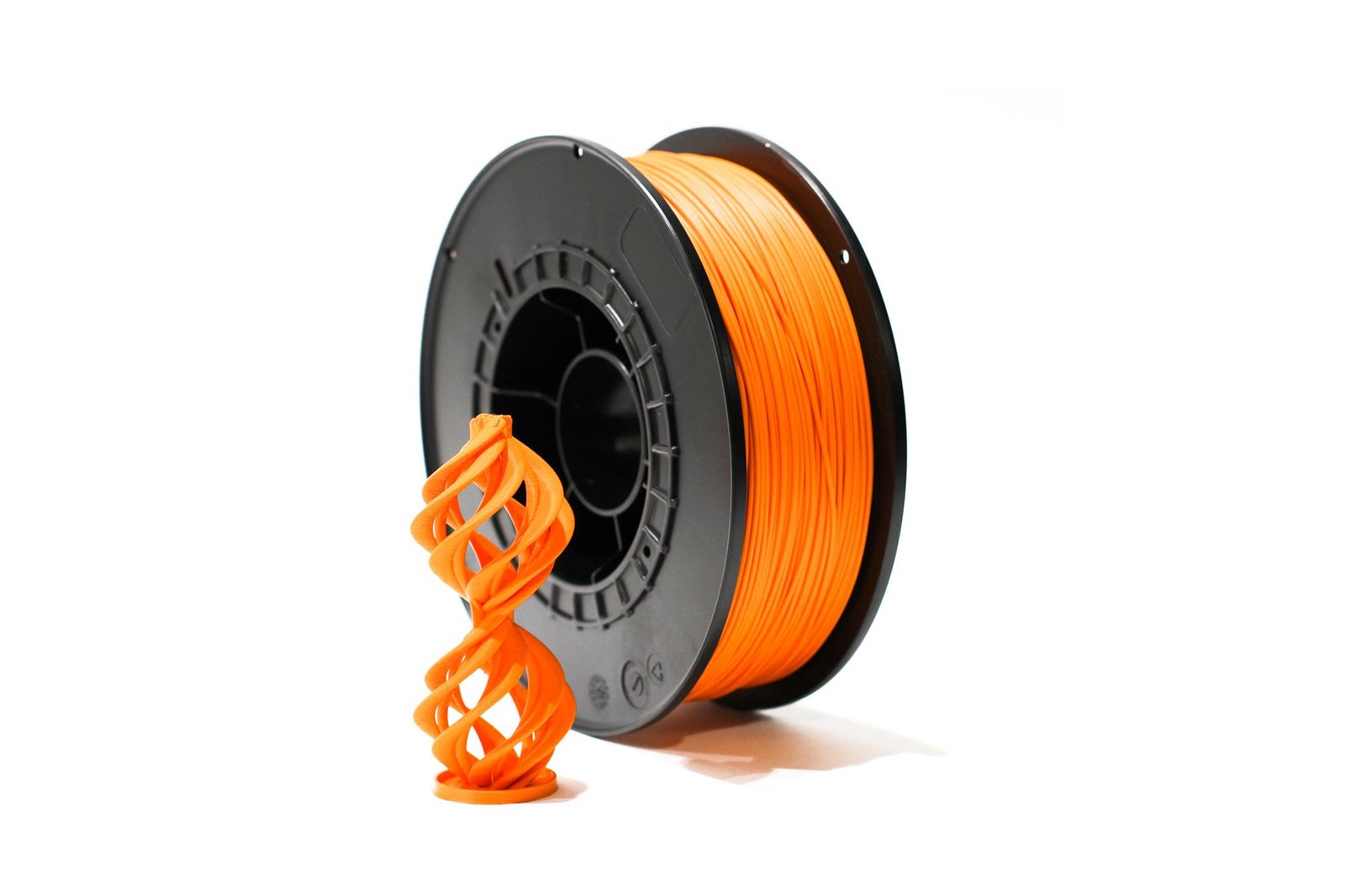PLA (Polylactic Acid) is one of the most popular and beginner-friendly materials in 3D printing, prized for its ease of use, low printing temperature, and eco-friendly properties. However, printing with PLA is not without its challenges—one of the most common issues is overheating during the printing process. Overheating can quickly ruin what should have been a perfect print, causing surface imperfections, dimensional inaccuracies, and even structural weaknesses. Understanding how to prevent PLA overheating is essential if you want to achieve reliable, high-quality results from your 3D printer.
Understanding PLA and Its Temperature Sensitivity
PLA is known for its relatively low melting point, typically between 180°C and 220°C. This makes it much easier to print than materials like ABS or PETG, but it also means that PLA is more sensitive to temperature fluctuations. Unlike higher-temperature filaments, PLA can become too soft or even start to degrade if it is exposed to excessive heat for too long. This sensitivity requires careful temperature management throughout the printing process, from the hotend settings to cooling measures.
Signs and Consequences of Overheating PLA
Detecting PLA overheating early can save both time and filament. Some of the most obvious symptoms include stringing between printed sections, sagging or drooping in overhangs, blobs or zits on the print surface, and a glossy or rough finish where the details should be crisp. You might also notice a burnt smell or discoloration if the temperature is much too high. In severe cases, overheating can cause prints to warp or lose their structural integrity, resulting in fragile parts that break easily. Addressing overheating is crucial not only for print quality but also for ensuring your printed objects are strong and functional.
Optimal Printing Temperatures for PLA
The ideal temperature for printing PLA typically falls within 190°C to 210°C, but this can vary depending on the specific brand and formulation of your filament. Always consult the manufacturer’s recommended settings as a starting point. Too low, and your prints may not adhere properly; too high, and you risk the many problems associated with overheating. It’s often best to start in the middle of the recommended range and perform a small test print. Gradually adjust the temperature in 5°C increments to find the sweet spot for your particular printer and filament combination.
Factors That Lead to Overheating
Overheating PLA isn’t always the result of setting the hotend temperature too high. Several other factors can contribute to this problem. One of the most common is insufficient part cooling—if your printer’s fans are not operating correctly or the airflow is blocked, even the correct temperature setting can result in overheating. Printing too slowly can also allow heat to build up on the layers, while a hot ambient environment can prevent printed layers from cooling quickly enough. Additionally, printing in an enclosure without proper ventilation can exacerbate temperature issues.
Practical Tips to Prevent PLA Overheating
- Calibrate Your Hotend: Regularly check that your printer’s temperature sensor is accurate. If you suspect discrepancies, use a separate thermometer or thermistor to verify.
- Optimize Cooling: Ensure your part cooling fans are functioning and directed at the print area. For detailed prints or overhangs, increase fan speed to help solidify layers quickly.
- Adjust Print Speed: Printing too slowly can keep the hotend near the same area for too long, causing localized overheating. Experiment with moderate speeds to avoid this.
- Monitor Room Temperature: Print in a well-ventilated space and avoid high ambient temperatures, which can slow the cooling process.
- Fine-tune Layer Height: Lower layer heights allow each layer to cool before the next is laid down, reducing the risk of overheating.
- Use Quality Filament: Poor-quality or old filament can have inconsistent melting points, making temperature management trickier.
Troubleshooting Common Overheating Issues
If you encounter problems such as stringing, blobbing, or sagging, start by lowering your hotend temperature by 5°C and observe any changes. Next, check your fan settings—if possible, set your part cooling fan to 100% after the first few layers. If blobs persist, try increasing your print speed slightly or reduce the flow rate. For persistent issues, consider slicing your model with a “minimum layer time” to ensure each layer cools sufficiently before the next one is printed. Sometimes, changing to a nozzle with a smaller diameter can also help dissipate heat more quickly, improving overall detail and reducing overheating.
Frequently Asked Questions
What temperature should I print PLA at to avoid overheating?
Most PLA prints best between 190°C and 210°C; start in the middle and adjust as needed.
How do I know if my PLA is overheating?
Look for symptoms like stringing, blobs, glossy surfaces, or a burnt smell.
Can I print PLA without a cooling fan?
It’s possible, but results are usually much better with active cooling.
Conclusion
Achieving flawless 3D prints with PLA isn’t just about dialing in the perfect temperature—it’s a combination of proper printer calibration, effective cooling, and ongoing troubleshooting. By understanding the causes of overheating and applying practical solutions, you’ll be well-equipped to handle PLA’s temperature sensitivity. Take time to experiment with different settings, and don’t hesitate to consult your filament manufacturer for guidance. With attention to detail and a little patience, your PLA prints can reach a new level of quality and consistency.

